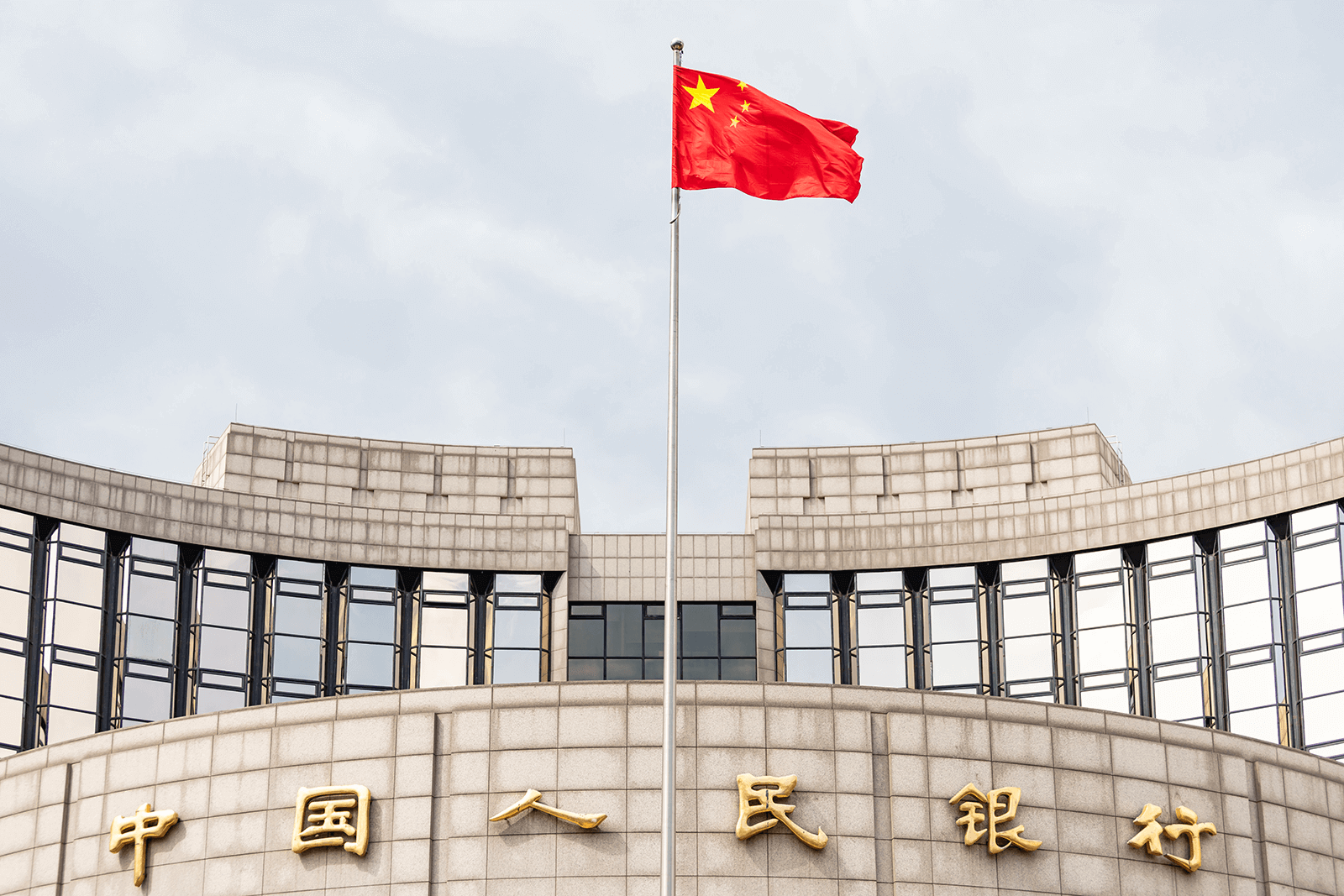There was a time when the actions of Chinese policymakers were predictable, focused on only one goal: to maximise economic growth. Over the past few years, however, their motives seem to have shifted. First came strict regulation of the technology and online education sectors, followed later by a strict zero Covid policy (followed by its surprisingly sudden abolition) and more recently a clearly geopolitically oriented agenda with measures such as restricting exports of gallium and germanium, necessary metals for chip and battery production. The sleeping giant has clearly woken up and this will not be without consequences for the rest of the world.
The announcement on July 3rd to make exports of the rare metals gallium and germanium subject to prior authorisation by the Chinese authorities received surprisingly little press coverage. However, its potential impact on the IT and western battery industries is significant. The announcement is generally seen as retaliation for US restrictions on technology sales to China. A notable recent example is the US government’s pressure on its Dutch counterpart to block exports of ASML (the Dutch world leader in advanced chip printers) to China.
Gallium and germanium are not only found in China, but the current reality is that China dominates their production. The country has the most mining and refining capacity. It is estimated that China currently controls 80% of gallium and 60% of germanium production. This puts Europe in a particularly vulnerable situation: to make progress on its ambitious energy transition goals, Europe will become increasingly dependent on China as a supplier of rare metals. Until now, the story in Europe has mainly been about access to oil (Middle East) and gas (Russia); tomorrow it will be about access to rare metals (China). In other words, Europe is trying – for laudable reasons – to lead the way in the transition to net zero CO2 emissions, but it does not really have the resources to do so. An attitude that seems both a little naive and somewhat hypocritical: when relying on “dirty” mining carried out elsewhere, there are environmental consequences anyway.
On a similar note, it is striking to see major French and German carmakers considering new plants in Africa to build combustion-engine cars for sale in the many (African and other) markets where the use of such cars is not about to be “banned”. That large European chemical companies are moving investment projects to the US to take advantage of cheaper energy, less regulation, available subsidies, and a more flexible workforce is another thing. But a plant in the US producing plastic will generate the same greenhouse gas emissions as a plant in Europe (maybe even more, given the less stringent environmental guidelines in the US), and the production will then have to be shipped back to Europe – resulting in even more emissions.
The bottom line is that measures for the necessary CO2 reductions must be taken on a global scale. But the world at large is apparently not yet ready, and geopolitical considerations make the situation very complicated today – with Europe at a structural disadvantage.
From an equity investing perspective, this uncertain and rapidly evolving geopolitical and regulatory landscape makes profit forecasting for companies an extremely difficult task. Therefore, we currently prefer a two-tier approach, combining investing in multinationals that can more easily adapt their business models to the changing global playing field with investing in local companies operating in “safe” segments of the energy transition. Among the latter, we mention e.g. insulation producers because of high transport costs (insulation material weighs little but is very bulky) and e.g. also recycling companies, which in the European context are basically the equivalent of mining companies.
As for the outlook for financial markets, we still find it very difficult to make more or less realistic forecasts for the short term. Central banks are not yet done with their interest rate hikes and if inflation remains at this high level for a sufficiently long period, yields on long-term bonds will also continue to rise. After a temporary decline in the wake of the US regional banking crisis in March, 10-year US government bond yields are already back up to the 4% area, a level not seen since before the Great Financial Crisis.
Where the “trigger” lies for investors to cause a “major shift” from equity investments to bonds we do not know, but we may not be too far away from it in the meantime. A serious stock market correction is then clearly not out of the question. It does not seem unwise to us to already extend the average duration of the bond part of the portfolios somewhat (to a maximum of five years) as soon as the yield on high-quality European bonds reaches around 4%. A level that should provide sufficient protection against inflation, assuming central banks manage to bring it down to 2% over a reasonable period of time. Meanwhile, remaining cautious with equities also seems appropriate to us.









